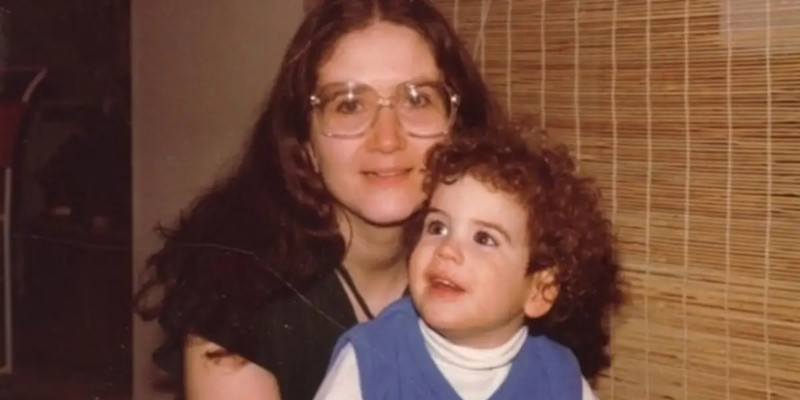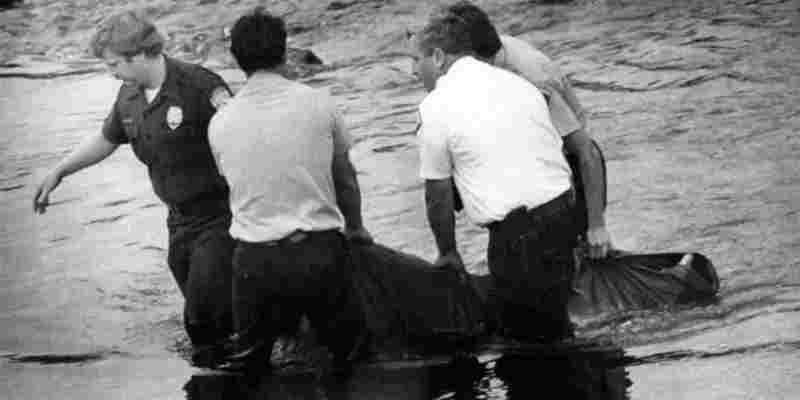James Files
Location: Vancouver, British Columbia
File: The Unsolved Murders Of Glenna Sowan And Lisa Gavin
Status: UNSOLVED
Contributor: James T.
Read The File
Collection of Contributed Case Files
 Glenna Sowan And Lisa Gavin
Glenna Sowan And Lisa Gavin
Murdered in Vancouver in 1988
UCF #104200240Location: Vancouver, British Columbia
File: The Unsolved Murders Of Glenna Sowan And Lisa Gavin
Status: UNSOLVED
Contributor: James T.
Locate files contributed by a specific individual.
Jeffrey Dupres told his mother he was going with his five-year-old friend to play next-door at his house. About 20 minutes later, the friend showed up looking for him.
Featured for 7 days

Our work goes beyond data collection and is independent from Government and Institutional funding. Your support is critical in making this possible.
The 1980 murder of Kirk Knight; the 1982 murder of 31-year-old Marlene Sweet and her 7-year-old son Jason; the 2003 killings of 30-year-old Debilleanne "Dee Dee" Williamson and her son 5-year-old Brandon "Xavier" Rucker.
Windsor, Ontario

